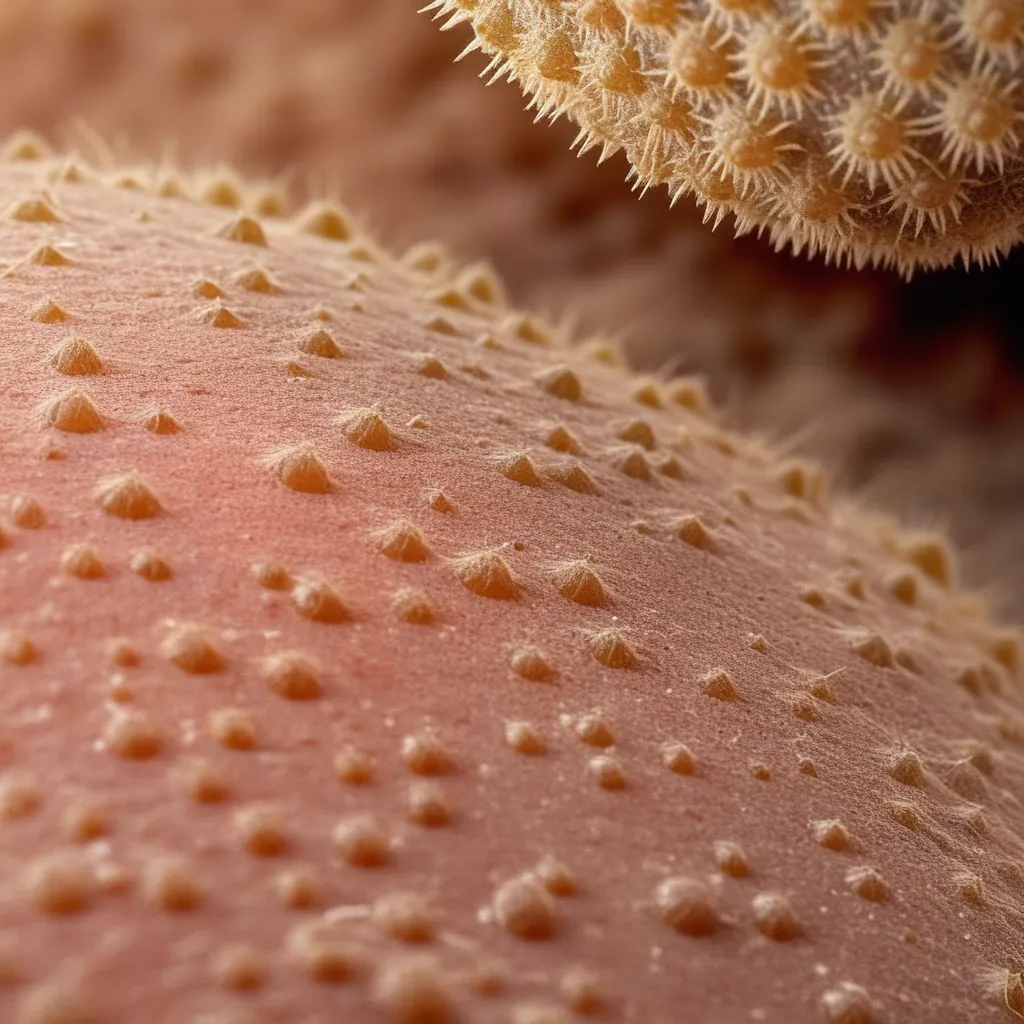how to identify scabies
Navigating the Itchy Terrain: A Guide on How to Identify Scabies
Ah, the relentless itchiness that makes you question your sanity – if you've ever faced the maddening itch of scabies, you know exactly what I'm talking about. I've had my fair share of encounters with these microscopic critters, and let me tell you, identifying scabies is the first crucial step to bidding them farewell.

Unraveling the Mystery: What are Scabies?
My Itchy Tale of Scabies Discovery
Let's rewind to a seemingly innocent camping trip where I unwittingly welcomed these tiny troublemakers into my life. A few days post-campfire tales and stargazing, I noticed relentless itching, especially at night. Initially dismissing it as mosquito bites, I soon realized something more insidious was at play.
The Sneaky Culprits
Scabies are not for the faint-hearted. These microscopic mites, scientifically known as Sarcoptes scabiei, burrow into the top layer of your skin, triggering an allergic reaction that results in the infamous itch.
Key Indicators: How to Spot Scabies
The Telltale Signs That Raise the Alarm
1. Intense Itching:
The hallmark of scabies is the intense itching, often exacerbated at night. The mites are most active in the dark, adding a nocturnal layer to the itch fest.
2. Red Tracks and Bumps:
Look out for red, pimple-like bumps or tiny, raised burrow tracks. The mites often create these winding trails as they navigate beneath your skin.
3. Common Hotspots:
Scabies love cozy areas. Check between fingers, wrists, elbows, armpits, waistline, buttocks, genitals, and even the soles of your feet.
4. Rash and Sores:
As the infestation progresses, a rash may develop, accompanied by sores and blisters. Scratching intensifies the risk of secondary bacterial infections.
The Scabies Detective Work: Confirming the Diagnosis
Seeking Professional Guidance
1. Dermatologist Visit:
If you suspect scabies, it's time for a visit to the dermatologist. They'll conduct a thorough examination, looking for the characteristic signs and symptoms.
2. Skin Scraping Test:
In some cases, a skin scraping test may be performed. A small sample is taken from the affected area and examined under a microscope to confirm the presence of scabies.
The Battle Plan: Treating Scabies
My personal War on Scabies
1. Prescription Medications:
Armed with a prescription from my dermatologist, I embarked on a treatment regimen involving topical creams and lotions. Permethrin and Ivermectin are common medications used to eliminate scabies.
2. Household Cleanup:
Scabies don't discriminate; they'll infest your surroundings too. I washed bedding, clothing, and vacuumed my living spaces diligently to prevent a comeback.
The Itch-Free Horizon: Recovery and Prevention
Bidding Adieu to Scabies
1. Patience is Key:
Treating scabies takes time. Itching may persist for a few weeks even after successful treatment, but hang in there – it will subside.
2. Preventive Measures:
Avoid close contact with infested individuals, regularly wash and change bedding, and maintain good personal hygiene to prevent scabies from making a comeback.
Wrapping Up: Itching for a Scabies-Free Life
As I bid farewell to my unwanted guests, I realized the importance of swift identification and treatment. If you find yourself in the itchy embrace of scabies, remember, you're not alone. Seek professional help, follow the prescribed treatment, and soon, you'll be itching for all the right reasons – a scabies-free life awaits!